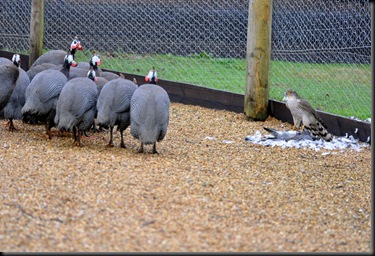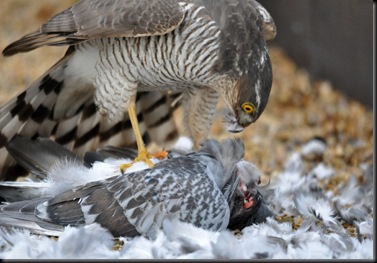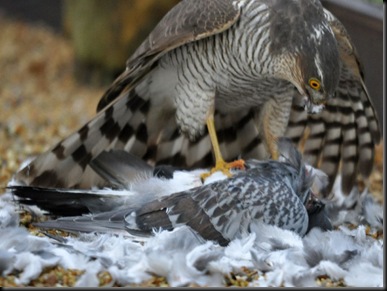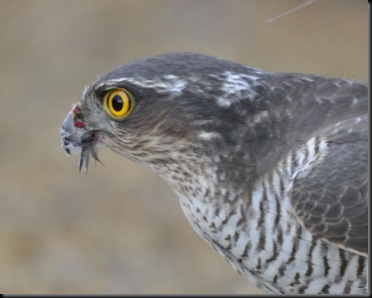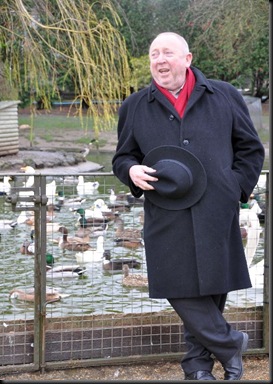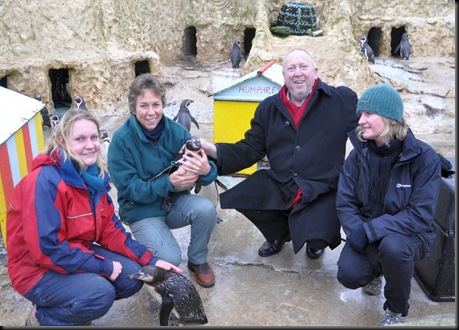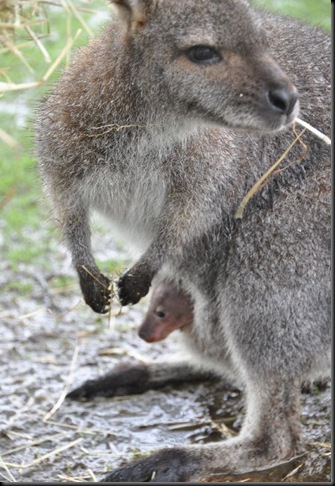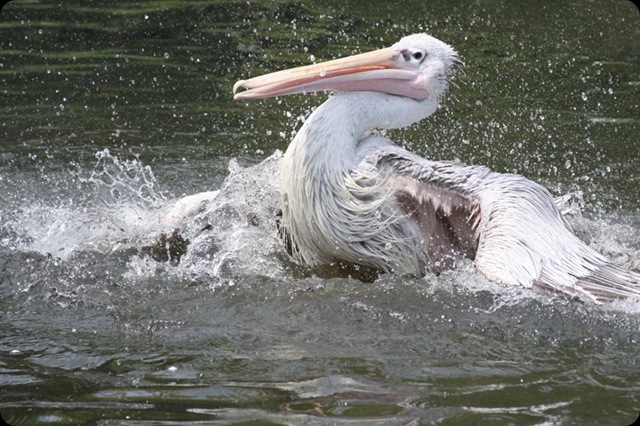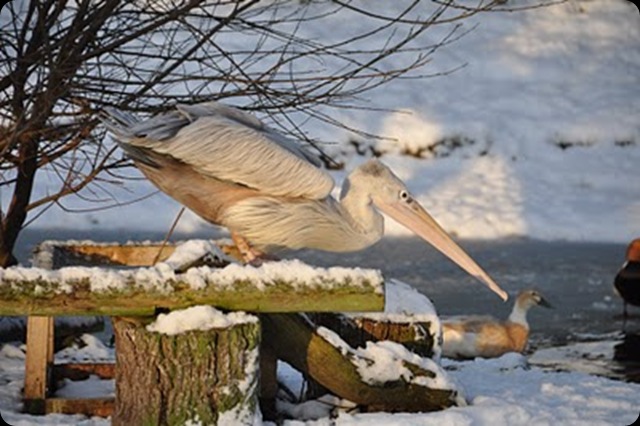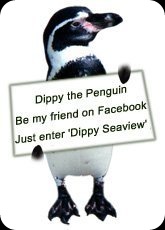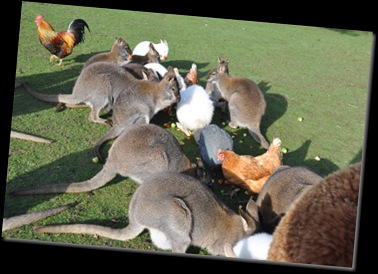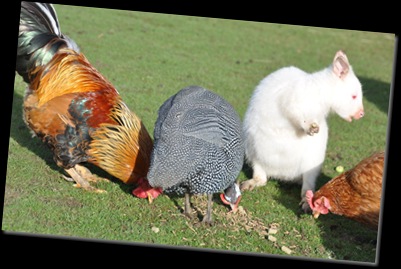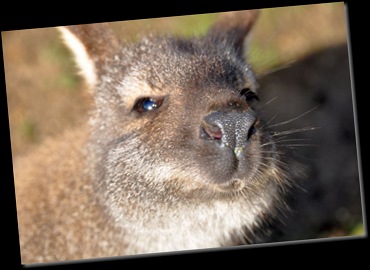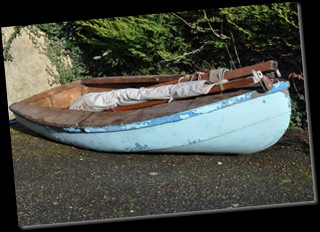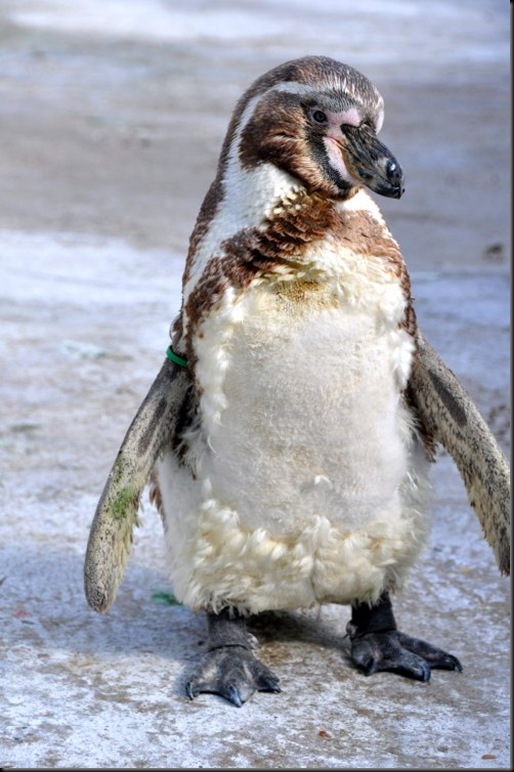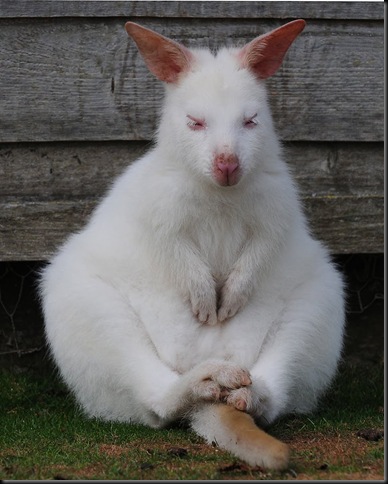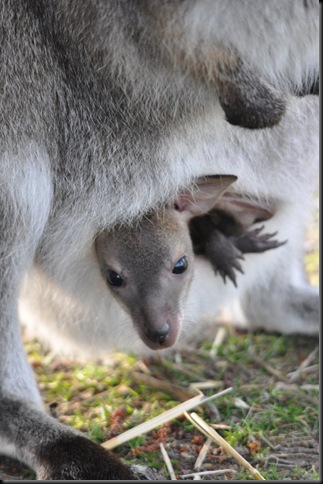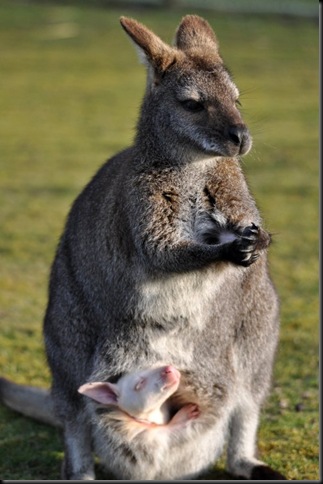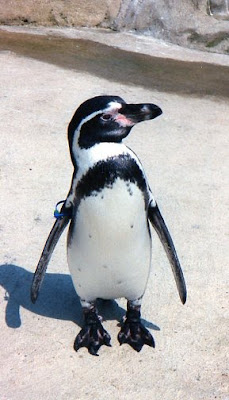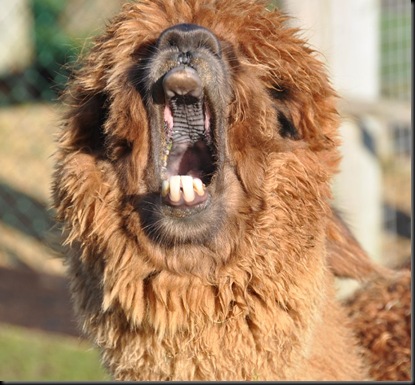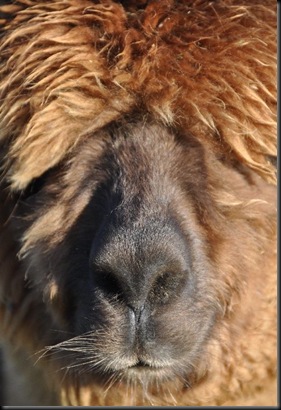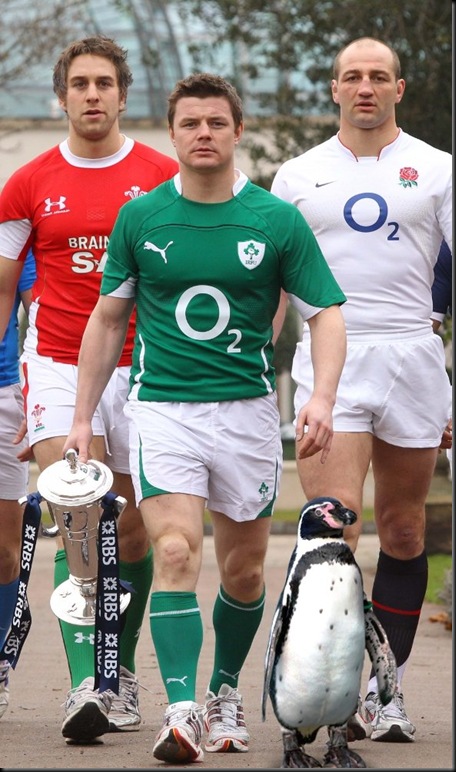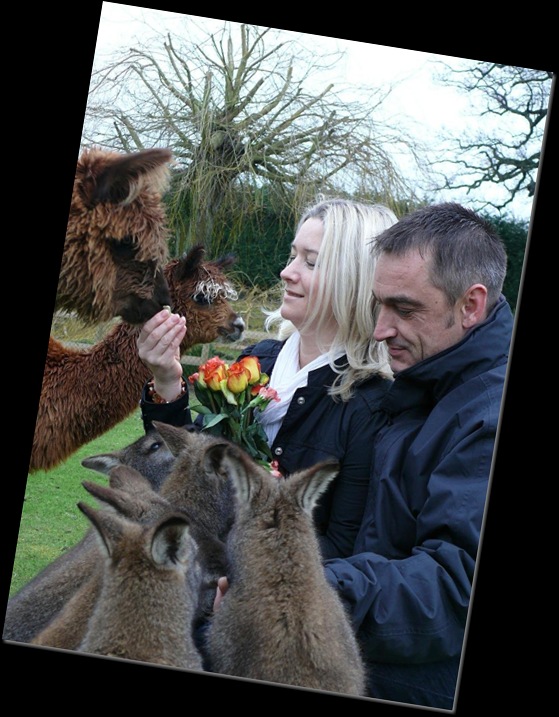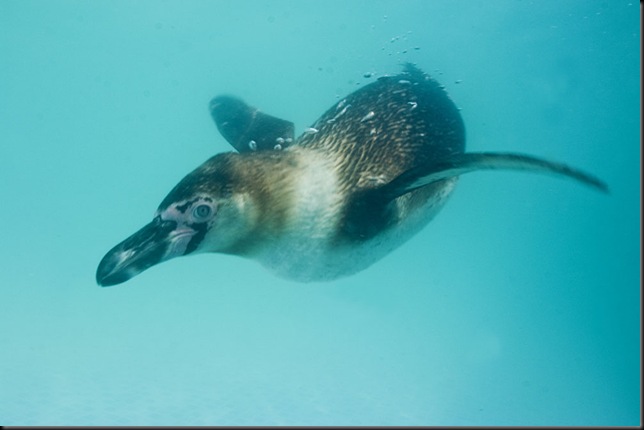
Humboldt penguins, also known as the Peruvian penguins, are members of the Spheniscus genus. This warm water penguin lives mostly on rocky mainland shores, especially near cliffs, or on islands off the coasts of Chile and Peru. They do not migrate preferring to reside in temperate waters year round. Although, their principal threat is the activity of man, Humboldts, like the Galapagos Penguins, are vulnerable to disturbances in their food chain by strong El Nino currents.
Humboldts are most similar to the Magellanic Penuins and where territories overlap the two species may be easily confused. From the front, Magellanics have two neck bands where as Humboldts only have one. Like most penguins, which are monomorphic, male and female Humboldts are difficult to tell apart without behavioral clues or DNA feather sexing.
Using their strong wings as flippers, Humboldts ‘fly’ underwater, usually just below the surface, at speeds of up to 25 miles per hour, taking small fish and krill and eating them whole. They steer with their feet and tail. Their feathers are stiff and overlap to waterproof and insulate their bodies. Like all penguins they have excellent eyesight both underwater and on land.
Humboldt Penguins are social animals, living in relatively large colonies of closely spaced burrows where communication becomes quite important. Mated penguins are able to recognize one another and their offspring through a combination of sight and voice. The burrows provide safe nesting places in addition to helping to regulate body temperatures in the varying conditions of their temperate climate.
These penguins breed twice a year depending on food availability. Sexual maturity is reached between 2 and 7 years old. Nests or burrows are established in caves, crooks or holes and occasionally in more open sites such as on a rocky shore. Females lay one, two or three eggs with both parents taking turns incubating them for a period of about 40 days. Chicks are born with greyish brown or downy feathers.
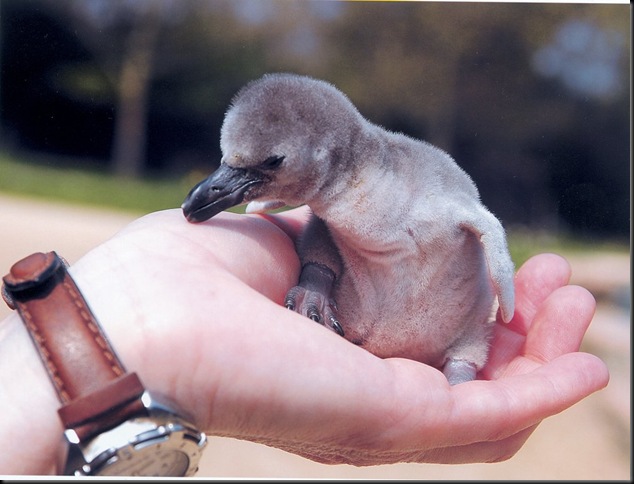
Chick care begins with parents alternating jobs sitting with the chick and hunting for food. After about two months, the chick is left alone during the day while both parents search for food. Penguin chicks moult at about 70-90 days with the young fledglings losing their down feather and replacing them with all grey adult feather which become darker over time. Humboldts live to around 20 years in the wild; up to 30 years in captivity.
Did you know?
* Humboldt Penguins are named after the cold Humboldt current which flows along the coast of North and South America.
* These Penguins are one of the most timid species of Penguin.
* Humboldts’ often get tangled in fishing nets, or their eggs get trampled by guano harvesters.
* Humboldt Penguins have a gland which enables them to drink salt water in addition to fresh; the gland concentrates excess salt which then dribbles down the beak.
* When food is scarce the parents feed only the larger chick and the smaller chick quickly starves.
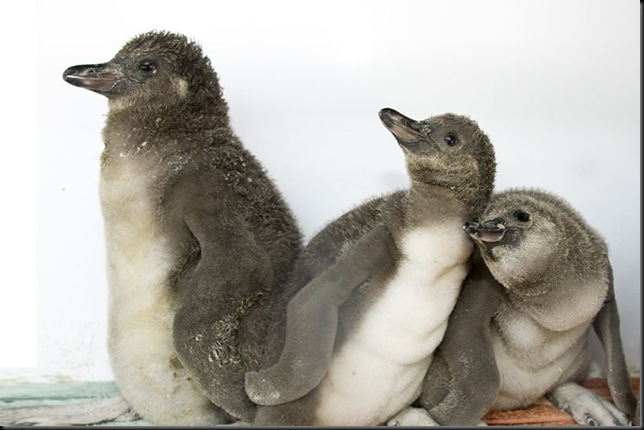
Although Priscilla and Fluffy didn't really feel like joining in on the music, Caterpillar Music is obviously very much enjoyed by young Children and Parents and we were privileged to be involved in this unique way of learning.


